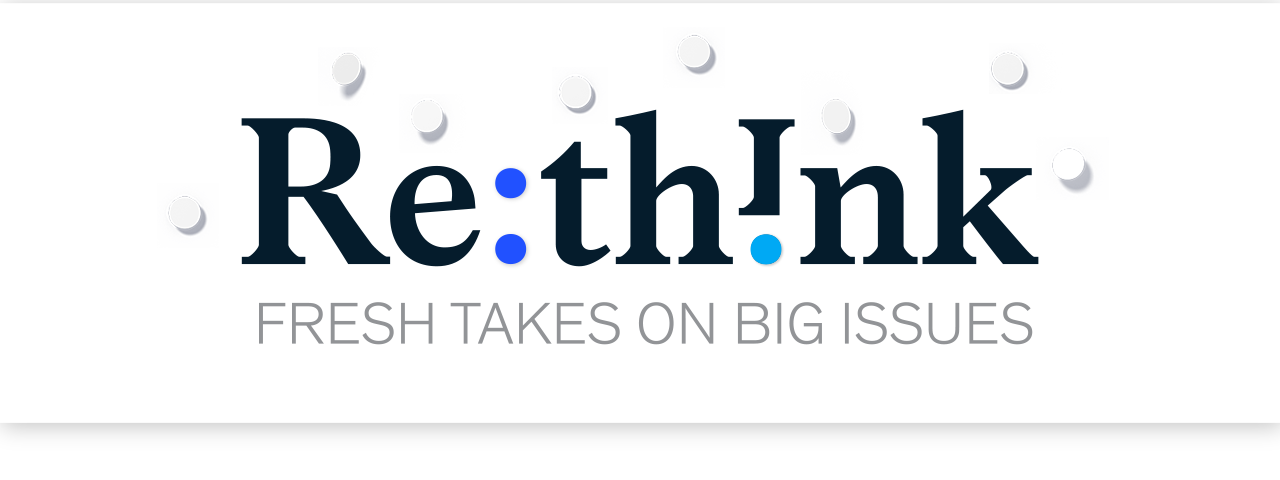 | |
|
|
|
ON ACCELERATING B2B SALES GROWTH
Being fast and flexible during times of economic uncertainty
|
|
Maria Valdivieso de Uster
|
|
|
|
|
|
|
|
|
|
Many senior sales executives of B2B companies—including manufacturing, financial services, and consumer goods—are struggling with uncertainty right now. What do all the changes in the economic environment mean? What about logistics disruption and all the challenges of supply chain management?
In sales, your performance is measured by hitting your quotas and targets. Often, the ability to do that is not due to a new partnership or new business idea. It’s about understanding where there’s enough momentum for rapid revenue acceleration.
The first thing B2B sales leaders should do is to truly understand where their deals stand. Which are the most important? The most likely to close? The most profitable? What, if anything, is delaying them? Look at the facts and the data. Once you do that, you can identify and prioritize maybe ten, 15, or 20 attractive deals in the pipeline that are pretty advanced, but not quite ready to close. Those are the deals where you might accelerate a decision and affect the outcome.
Tactically, what does that mean? There are a couple actions you can take. The first one is to adjust your value proposition. In times of uncertainty, many buyers are hesitant because they want to keep options open. Sellers can provide flexibility for their customers. The value proposition might be that a client is not ready to sign a large contract, but they might be OK with signing something smaller. A client might not be ready to buy all 15 elements of an offering, but they might be ready to buy five or ten. The client might not be ready to commit to a long-term payment plan. Instead, they might want flexibility to make some decisions now and leave the door open to make other decisions later. Adjusting the value proposition means potentially changing an actual offering itself, as well as some of the terms and conditions. You need to meet your customer where they are right now.
|
|
| |
|
“In times of uncertainty, many buyers are hesitant because they want to keep options open. Sellers can provide flexibility for their customers.”
|
| |
|
The other thing to do is to create a “win room.” Select a group of cross-functional colleagues—from pricing, marketing, and product, plus some leaders of the organization. Get them together in a room, say, on Tuesdays and Thursdays for one hour each time. And bring in the 15 deals. The account executive who owns the deal will come to the table and say, “This is the deal. This is what we need. These are the decision makers, and these are the roadblocks that we’re running into.” Roadblocks can be that the deal is not the right size, or the deal is too expensive. Maybe you’re not meeting the buyers’ needs, or there’s an incumbent vendor already in there and it’s hard for you to replace them.
Internal sales cycles take a tremendous amount of time and energy. Lots of homework needs to happen beforehand. By having a win room, you’re accelerating the sales cycle. When you get the right set of decision makers in the room to talk about the top deals that are the most time-pressing and critical, you create a cadence where you’re accelerating that momentum by several weeks. You can have a huge impact, both in the terms and the timing of a deal.
You can make quick and dirty changes. You don’t have to have beautiful dashboards that pop up. One client had supply chain issues and products that were out of stock. They came up with a simple rule that when a product came back in stock, an email would be generated and sent to every seller saying, “The product’s back in stock. Here are customers who were interested in this product. Call them now and sell it.” Over time, they integrated that into the CRM system with all the fancy bells and whistles. But don’t wait to have the pretty system before you start activating plans.
The difference between now and previous times of uncertainty is that all of us have learned that things change, and we need to be more agile and nimble. Organizations are now much more sophisticated at identifying and trusting the data that truly matter. We know that customer expectations continue to increase: customers expect to have an omnichannel experience where they can go to a website, talk on the phone, or have access to the head of sales. In a B2B sales world where you add complexity to uncertainty, how do you keep all the pieces of the puzzle together? The sales executives I work with today have gotten much closer to the customer. More leadership engagement and cross-functional ways of working, along with better data, make for a much better sales experience.
|
|
|
| |
| | | |
|
David Hamilton on operational excellence |
|
How can companies achieve operational excellence? It starts by taking a deep look at how organizations set up teams to deliver on purpose, strategy, and vision.
|
|
| |
| |
|
This email contains information about McKinsey’s research, insights, services, or events. By opening our emails or clicking on links, you agree to our use of cookies and web tracking technology. For more information on how we use and protect your information, please review our privacy policy. |
|
You received this email because you subscribed to our McKinsey Quarterly alert list. |
|
|
Copyright © 2022 | McKinsey & Company, 3 World Trade Center, 175 Greenwich Street, New York, NY 10007 |
|
|
|
|





